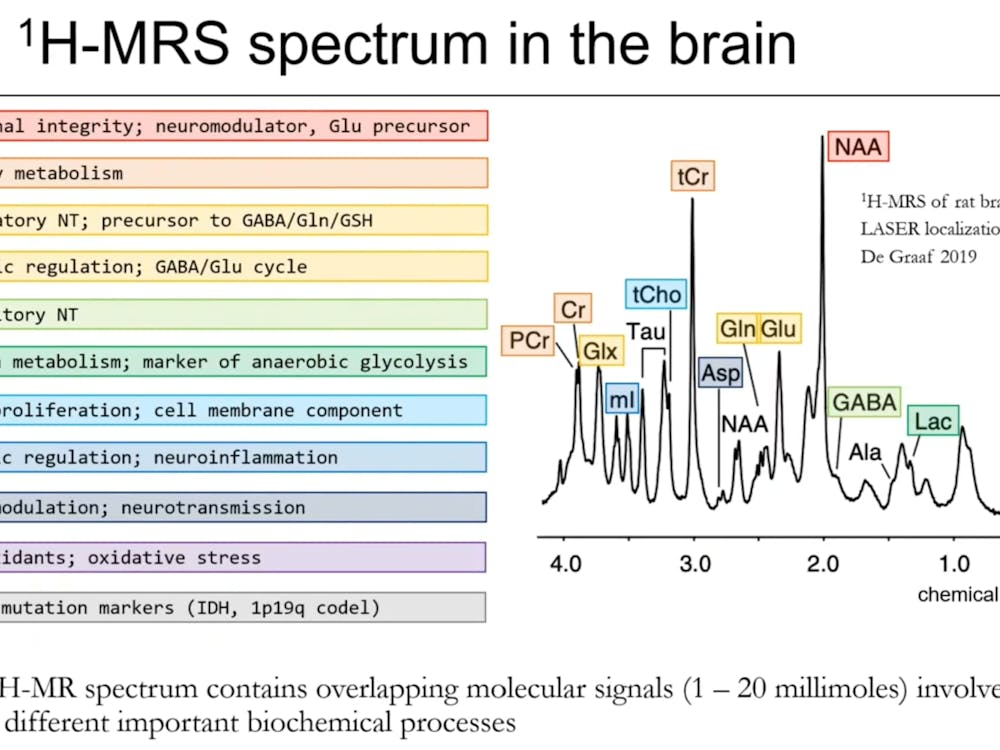What happens when you mix moss from Antarctica that has been frozen for 30 years, water and a bit of algae? You create revived microscopic tardigrades.
Tardigrades, more commonly known as water bears, have been successfully revived and reproduced at the National Institute of Polar Research. The revival marks the longest recorded survival for tardigrades as either animals or eggs.
Tardigrades are about 0.2 mm long and resemble caterpillars in shape. They are water-dwelling and eight-legged and were the only species ever observed to survive outside of Earth’s sheltering atmosphere. They reproduce by laying eggs via sexual or asexual reproduction and primarily feed on fluids from plant cells, animal cells and bacteria.
Tardigrades have the special ability to shut down temporarily, essentially “freezing” metabolic activities, when they are induced by physiological stimuli, including desiccation and freezing. This phenomena is known as “cryptobiosis.”
The particular tardigrade samples used in the study were retrieved from a frozen moss sample collected in Antarctica in November 1983. The moss was defrosted in May of 2014 and subsequently soaked in water. The defrosting period lasted for 24 hours, as did the soaking period. Two individual tardigrades and one egg were separated from the sample and grown up in agar plates with algae. The egg successfully hatched and one of the individual tardigrades was successfully revived. Furthermore, reproduction between the two living tardigrades also occurred.
However, the recovery of the frozen tardigrades was not immediate. On the first day after rehydration, the researchers noticed one of the tardigrades had slightly moved its fourth pair of legs. It took two weeks of rehydration before the microscopic animal could crawl and eat and 19 days for the tardigrade to lay its first egg. In the nine and a half days following the laying of the first egg, the tardigrade had laid a total of 19 eggs, 14 of which hatched successfully.
The second tardigrade grown on the agar plate also moved its fourth pair of legs slightly on the day after rehydration. However, it was not able to recover or reproduce successfully and died just 20 days after rehydration.
The egg that hatched produced a juvenile that ate, grew and reproduced without any noticeable problems. It laid a total of 15 eggs, seven of which successfully hatched. The offspring from the individual tardigrade and the egg that hatched were morphologically identified as Acutuncus antarcticus, a specific species that is endemic to Antarctica.
Researchers noticed that not only was a long recovery time required for the animals to recuperate, but also that the time it took the frozen tardigrades to hatch eggs was far longer than that of normal tardigrades. From their findings, the researchers concluded that possible damage can accumulate over 30 years of cryptobiosis. However, there was no obvious damage to the one tardigrade or the revived egg.
“Our team now aims at unraveling the mechanisms underlying the long-term survival of cryptobiotic organisms by studying damage to tardigrades’ DNA and their ability to repair it,” Megumu Tsujimto, the lead researcher at National Institute of Polar Research, said in a press release.
Organisms’ long-term survival has been the main focus of previous studies of cryptobiotic microscopic animals. Recovery of the animals, on the other hand, has not been reported or studied in great detail. In 1946, the oldest and longest record of nematodes revived after dried storage was reported. The nematodes survived for 39 years. A few years later, another study reported on the revival and reproduction of nematodes from loss that had been frozen for 25 years.
In previous studies of tardigrades, the longest record of revival after long-term frozen storage was eight years. The longest record of revival after long-term storage at room temperature was nine years.
The current study at the National Institute of Polar Research has therefore helped scientists to further develop the understanding of mechanisms regarding the long-term survival of organisms.




